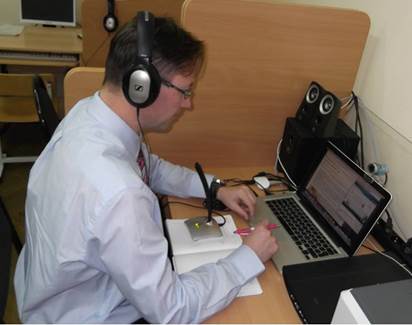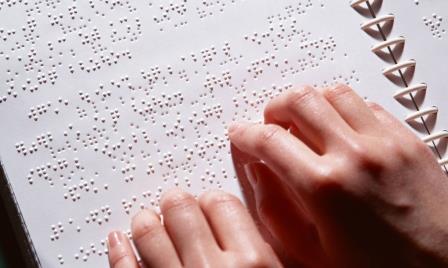Kuts V. A. Lifelong learning as a defense against continuous challenges of civilization (technical-and-humanitarian research). LIFELONG EDUCATION: The 21st Century.
2013. № 3.DOI: 10.15393/j5.art.2013.2141
2013. № 3.
| Issue 3 | Lifelong learning in the modern world: the research and design methodology |
 pdf-version |
Lifelong learning as a defense against continuous challenges of civilization (technical-and-humanitarian research)
 | Kuts V A PhD, chief researcher at the joint stock company “Concern “Granit-Electron”. (St. Petersburg) 2697305VK@inbox.ru |
|
Keywords: attractor Bayesian approach upbringing challenge defense intelligence cybernetics culture cultural studies lifelong learning education acquisition self-organization self-management self-regulation synergetics technical and liberal education formal non-formal and informal learning civilization |
Abstract: the presented article is an attempt to apply the range of research tools to an object of cognition in general, what is a distinctive feature of post-non-classical culture. Lifelong learning is interpreted as the way to defend against continuous challenges of civilization. Integrating different scientific approaches to cultural studies, philosophy, pedagogy, cybernetics, synergetics, as well as the Bayesian approach, the author demonstrates that lifelong learning should be based on self-organization, self-management, and self-regulation. Moreover, its constituents (formal, non-formal, and informal learning) differ in terms of learning outcomes; specifically, non-formal and informal learning meet the requirements of self-organization, self-management, and self-regulation to a greater extent. The article shows the necessity of connecting lifelong learning with the fundamental principles of Russian culture. It can be hypothesized that the system of attractors is essential for providing a synergetic approach to lifelong learning. In addition, the necessity of the Bayesian approaches (minimizing the average risk) integration into the system of lifelong learning is proposed. |
Displays: 10354; Downloads: 1474;
DOI: http://dx.doi.org/10.15393/j5.art.2013.2141










